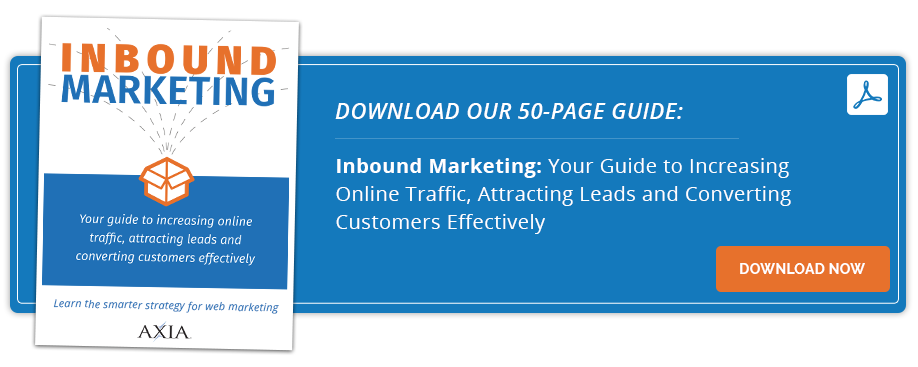Meta titles and descriptions are the face of your content on search engine results and should be treated with the utmost importance.

Meta tags embedded deep in the HTML framework of every webpage are essential. The metadata they contain directs search engines and web crawlers to look for additional information.
Search engines can use meta tags to rank the pages or display introductory notes of information about the website on the search pages. Hence, meta tags directly affect search engine optimization (SEO) efforts.
Some are related to page structure among the different meta tags while others are used for navigation. These are some of the more important ones:
- Meta title
- Meta description
- Meta robots
- Meta refresh redirect
- Meta charset
- Meta viewport
The ones directly concerning SEO and critical usage of essential keywords by webpage writers are meta titles and meta descriptions. Axia Public Relations condenses necessary information about the page into these two meta tags to push our clients and brands to the top of SERPs.
Meta title
The meta title is the title of the webpage that is shown in a search query. Although it is not picked up by Google each time, having it on the page gives a quick insight into the result and its contents. It is the first piece of information you see in a search result and, hence, should be of high quality.
Here are some SEO practices that will make your meta title stand out:
- Keep the title unique to the content in it.
- Be brief but descriptive.
- Generic titles will be bland, but click-baity ones will annoy users.
- Match search intent by targeting keywords.
- Keep it under 60 characters.
Meta description
Meta descriptions are the snippets that search engines use to describe the site.
Google explains meta descriptions as a short and relevant summary of a particular page. It’s like a pitch that convinces the users this is the page they are looking for.
The best practices in SEO when it comes to meta descriptions are:
- Summary should be accurate and unique.
- Match search intent.
- Use sentence case and include keywords where necessary.
- Keep it under 160 characters.
Meta titles and meta descriptions perform a crucial function of being the inviting facade of every home page. All Axia Public Relations’ clients benefit from our presentation of their content to search engines through meta tags. Contact us today to know more about how we can represent your ideas.
Photo 33945276 © Grazvydas - Dreamstime.com


Comment on This Article